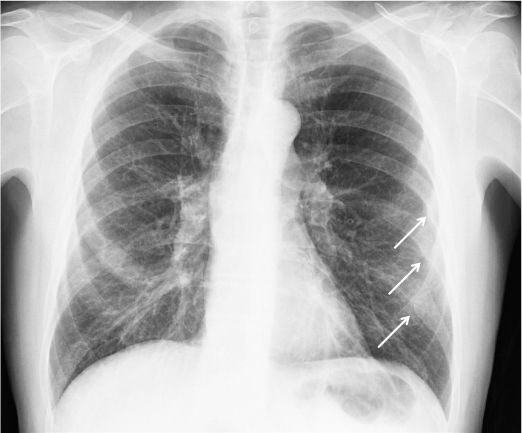Today we will be discussing IN anxiolysis and analgesia, especially useful in our pediatric population. An appendix with a BAN administration outline is also attached. Indications
Perfect for kids coming in with acute trauma (laceration, need for x-rays, etc) or patients undergoing procedures such as I&D of an abscess.
May be used prior to obtaining x-rays for pain control in children not necessarily needing a line for reduction (or even in those needing a line as this may be a faster way to reduce pain, and may help provider in obtaining IV line).
Routine Medications – Analgesia/Anxiolysis Dose
Analgesia: Fentanyl (1-1.5mcg/kg), Ketamine (0.5mg/kg)
Anxiolysis: Midazolam (0.2mg/kg)
Other IN Medications: Midazolam, Precedex (dexmedotomidine), flumazenil, naloxone
Pearls of Administration
Have patients blow their nose first if possible.
Try to limit dose to 0.3mL per nostril (certainly no more than 1 mL per nostril), using concentrated solutions.
Divide larger volumes over two nostrils.
May deliver in aliquots 10-15 minutes apart if larger.
Remember, it’s a good idea to put patients on a pulse ox prior to administration.
Account for “dead space” of atomizer (~1mL).
APPENDIX
BAN Dosing
Remember, there is also the BAN (breath actuated nebulizer) for medication administration which is a an alternative to intranasal medications when tolerated. Only use BAN in Breath Actuated Mode in ED.
Here is the dosing for BAN:
Fentanyl:
Adults: 4mcg/kg dose titrated q 10 min up to three doses
Pediatrics: 2-4 mcg/kg titrated q 10 min up to three doses
Morphine:
Adults: 10-20 mg titrate q 10-15 min up to three doses
Pediatrics: 0.2 mg/kg q15 min up to three doses





